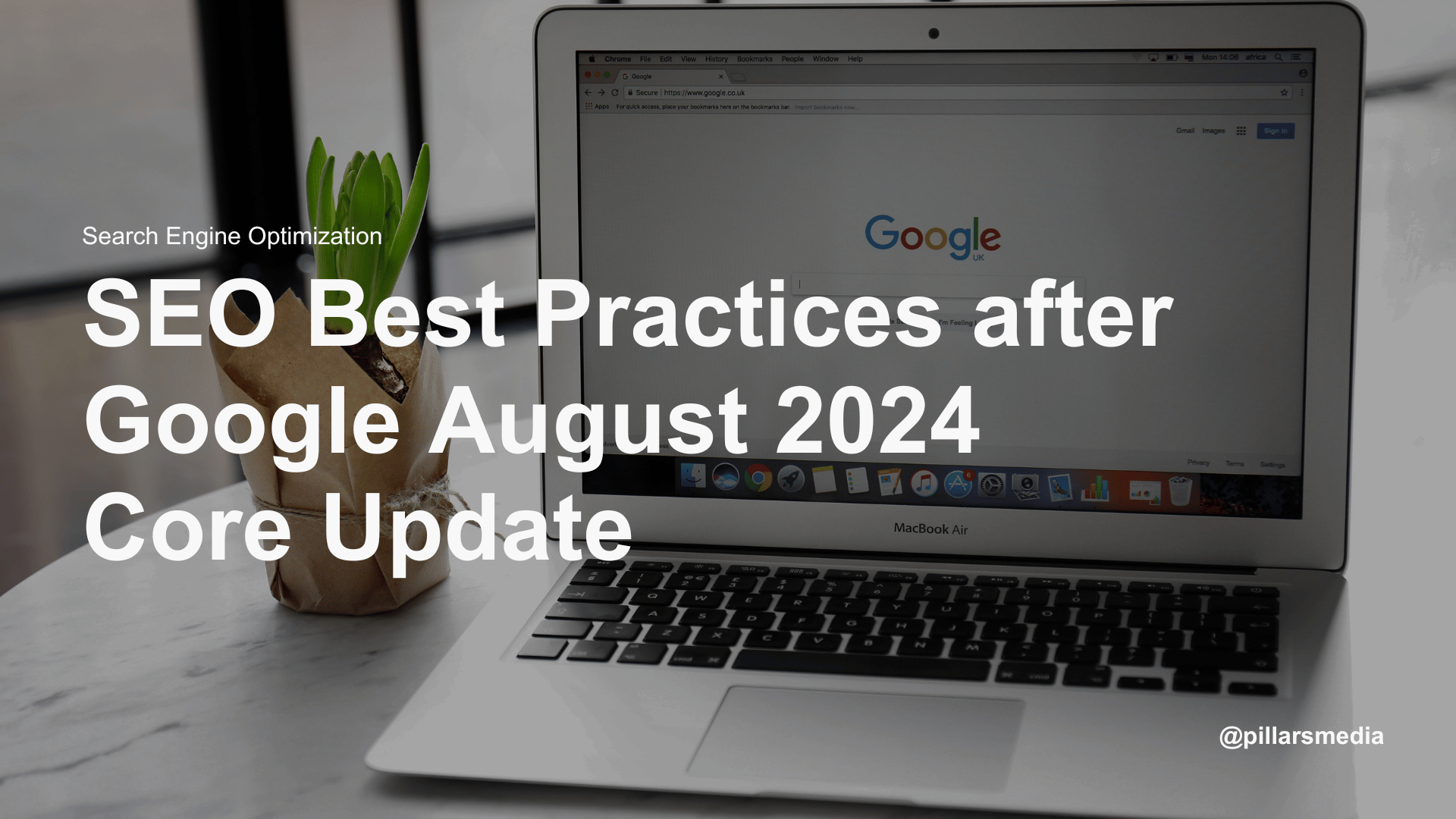New best practices for SEO after Google's Core Update - August 2024
The SEO landscape is constantly evolving, and with Google’s August 2024 Core Update, it’s more important than ever to adapt your strategies to stay ahead. This update emphasizes delivering a seamless, personalized experience to users, aligning your content with their journey, and ensuring your website maintains relevance and trustworthiness.
In this guide, we’ll walk you through the best practices you need to implement post-update, including how to write high-ranking, quality content that meets Google’s latest standards.
1. Align your content strategy with user journey goals
To achieve SEO success, it’s essential to deliver the right content to the right audience at the right time. This approach is even more critical with the latest Google update, which underscores the importance of creating a personalized experience throughout the user journey.
How to align your content strategy:
- Identify your target personas: Start by defining your ideal audience personas. Understand their demographics, preferences, pain points, and behaviors. This knowledge will help you tailor content that resonates with them.
- Map out your user journey: Visualize the various stages your customers go through, from awareness to decision-making. Identify the touchpoints where they interact with your brand.
- Tailor content to each stage: Create content that meets your audience at each stage of their journey. Address their specific needs with targeted, relevant, and effective content that guides them toward conversion.
2. Analyze real user data to identify content gaps
Building a successful content strategy requires deep insights into your audience’s behavior, preferences, and engagement patterns. By analyzing real user data, you can pinpoint content gaps and areas that need improvement.
Steps to analyze and adjust:
Leverage analytics tools: Use tools like Google Analytics to gather valuable user data, track website traffic, click-through rates, and conversion rates. This data will help you understand how users interact with your content.
Conduct a content audit: Review your existing content and identify gaps. Look for areas where your content may be outdated, irrelevant, or lacking depth.
Hone in on E-E-A-T: Build credibility by emphasizing Experience, Expertise, Authoritativeness, and Trustworthiness. Leverage real experts as content creators to provide first-hand experience and establish trust with your audience.
3. Plan content that matches user intent
Understanding user intent is crucial for SEO success. The August 2024 update places significant importance on content that aligns with user intent, answering specific questions, and addressing the needs of your target audience.
How to plan user-centric content:
Develop detailed content outlines: Start by outlining each piece of content to ensure it matches user intent. Focus on crafting content that resonates with your audience, addresses their needs, and communicates your message clearly.
Establish your unique voice: Authentic and original content tends to rank higher on SERPs. Avoid fluff and focus on delivering concise, valuable information that directly addresses your readers’ concerns.
4. Write content with proactive engagement in mind
Creating content that encourages interaction and discussion is key to boosting brand awareness organically. This approach not only engages users but also helps improve your rankings.
Strategies for engagement:
Craft compelling headlines and CTAs: Write headlines, introductions, and calls-to-action that prompt users to engage with your content. The more compelling your content, the more likely users are to share and discuss it.
Use interactive elements: Incorporate polls, quizzes, and surveys to encourage participation and gather feedback. This will help you understand your audience better and tailor future content accordingly.
Adopt a multichannel approach: Maximize engagement by choosing the most appropriate content formats and channels for each stage of the user journey. Whether through blog posts, social media, or email campaigns, reach your audience where they are most active.
5. Analyze performance and pivot
Once your content strategy is in place, regularly monitoring its performance is crucial. Be prepared to pivot and adjust your approach based on the insights you gather.
How to monitor and adjust:
Track Key Performance Indicators (KPIs): Monitor metrics like page views, time on page, bounce rates, and user feedback. These will give you a clear picture of how your content is performing.
Pay attention to user feedback: Listen to what your audience is saying in comments and reviews. Are they finding your content helpful, or are there areas for improvement?
Identify trends and patterns: Use the data you collect to identify trends and patterns. These insights will guide your future content decisions and help you stay aligned with user expectations.
How to write high-quality SEO content?
Here’s how to write high-ranking quality content:
Understand your audience: The foundation of high-ranking content is a deep understanding of your audience’s needs and intent. Use audience research to guide your content creation process.
Focus on E-E-A-T: Expertise, Authoritativeness, and Trustworthiness are crucial. Ensure your content is accurate, well-researched, and comes from a credible source.
Provide comprehensive answers: Users search for solutions, so your content should provide thorough answers. Cover the topic in-depth, but keep it concise and to the point.
Use clear and engaging language: Write in a way that is easy to understand. Use a conversational tone and avoid jargon unless necessary.
Optimize for search engines: While user experience is paramount, don’t forget to optimize your content for search engines. Use relevant keywords naturally, include meta tags, and ensure your content is well-structured.
By following these steps, you’ll be well on your way to creating content that not only ranks high on search engines but also resonates with your audience.

